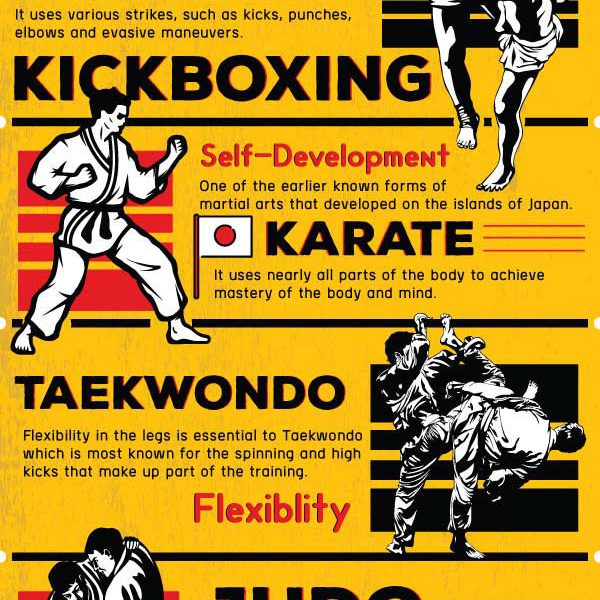Taekwondo For Self-Defense: Practical Tips And Strategies
Taekwondo For Self-Defense: Practical Tips And Strategies
Blog Article
Written By-Hobbs Ulrich
Seeking to boost your personal safety and security strategies? Taekwondo, a fighting style recognized for its speedy kicks and effective strikes, might just be the ability you require.
With its emphasis on protection methods, Taekwondo offers practical pointers and methods that can be applied in real-life scenarios. Whether you're a beginner or have some experience, this discussion will offer you with useful insights and approaches to enhance your Taekwondo skills for protection.
So, prepare to unlock the tricks behind Taekwondo's effectiveness in securing on your own, and uncover exactly how you can become better furnished to deal with any type of potential threat.
Fundamental Taekwondo Methods for Protection
To successfully defend on your own using Taekwondo, it's essential to grasp fundamental techniques that enable you to react swiftly and decisively in any kind of self-defense circumstance.
Among the fundamental strategies in Taekwondo is the front kick. This strategy entails raising your knee to your chest and prolonging your leg ahead, intending to strike your challenger's breast or face with the sphere of your foot.
One more essential technique is the roundhouse kick. With this kick, you pivot on your sustaining foot and swing your leg in a round motion, intending to strike your opponent's body or head with the top of your foot or shin.
The side kick is one more effective method, involving a quick and powerful thrust of your leg to hit your opponent's midsection.
Efficient Strategies for Utilizing Taekwondo in Real-Life Situations
After understanding the fundamental techniques of Taekwondo for self-defense, it's critical to create effective approaches that can be used in real-life circumstances.
Below are three vital strategies to assist you use Taekwondo effectively:
- Remain calmness and concentrated: In a real-life scenario, it's very easy to worry or become overwhelmed. However, by remaining calmness and focused, you can assume a lot more clearly and make better choices.
- Use your environments: Taekwondo isn't almost kicks and punches. It's about utilizing your setting to your advantage. Look for things that can be utilized for defense or to create distance between you and your opponent.
- Go for vulnerable points: When defending yourself, aim for the weak spots of your assaulter. Strikes to the eyes, throat, groin, or knees can swiftly disable an opponent and offer you the upper hand.
Tips for Improving Your Taekwondo Skills for Protection
Establishing your Taekwondo abilities for self-defense requires regular practice and a focus on crucial techniques.
To improve your skills, begin by mastering the basics. Work with your stance, balance, and footwork to guarantee a solid foundation.
Exercise your kicks and punches to develop rate, power, and accuracy. read page as blocks and parries right into your training to successfully protect on your own against assaults.
Frequently spar with a partner to simulate real-life circumstances and enhance your response time and decision-making abilities.
Additionally, https://selfdefensetipseverywoman85173.loginblogin.com/39576912/just-how-young-people-fighting-styles-can-encourage-youngsters-construct-self-confidence-and-furnish-them-with-important-self-defense-abilities-assisting-to-avoid-intimidation-cases -training in other fighting styles or combat sports can supply a well-shaped approach to protection.
Verdict
As you get out of the taekwondo studio, your mind is filled with brand-new strategies and methods for self-defense. You feel confident in your capacity to protect on your own in real-life situations.
But amidst the power and grace of taekwondo, keep in mind that true self-defense lies not just in physical prowess, but additionally in the capability to stay clear of dispute and scattered strained circumstances.
Taekwondo is a powerful tool, but it's important to use it sensibly and responsibly.
